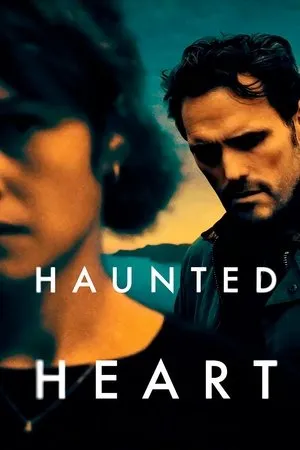The assassination of Joseph Smith in June 1844 sent shockwaves through the Latter-day Saint community, plunging them into a period of profound crisis and uncertainty. “Six Days in August” vividly portrays the immediate aftermath of this tragic event, capturing the chaos, fear, and vulnerability that gripped the saints in Nauvoo. With their prophet and leader gone, the future of the LDS Church hung precariously in the balance. The film explores the critical six days following Smith’s death, a period marked by intense grief, internal conflict, and external threats. Enemies of the church, emboldened by Smith’s demise, believed that the movement would quickly disintegrate. This belief was not entirely unfounded, as the saints were left without clear direction and a palpable sense of vulnerability. The film delves into the complex dynamics within the community as various factions vied for power and influence. The question of succession loomed large, with several potential candidates emerging to fill the void left by Joseph Smith. These internal struggles threatened to further destabilize the church, making it even more susceptible to external pressures. “Six Days in August” does not shy away from depicting the raw emotions of the time. The film portrays the deep sense of loss and betrayal felt by the saints, as well as their unwavering faith and determination to preserve their community. It highlights the resilience of the human spirit in the face of adversity, showcasing the extraordinary courage and commitment of ordinary people. The historical context of the film is crucial to understanding the events that unfolded. The LDS Church was a relatively young and controversial movement, facing intense opposition from mainstream society. Joseph Smith’s teachings and practices were often misunderstood and misrepresented, leading to persecution and violence. The assassination was the culmination of years of escalating tensions, and it served as a stark reminder of the dangers faced by the saints. The film also explores the political and social landscape of the time, shedding light on the factors that contributed to the animosity towards the LDS Church. It examines the role of local authorities, religious leaders, and influential citizens in fueling the anti-Mormon sentiment. By providing a nuanced and balanced portrayal of the historical context, “Six Days in August” offers viewers a deeper understanding of the challenges faced by the early Latter-day Saints. The film’s attention to detail and historical accuracy is commendable. The costumes, sets, and dialogue are all meticulously crafted to transport viewers back to 19th-century Nauvoo. The filmmakers have clearly done their research, and they have succeeded in creating a believable and immersive world. The performances are also noteworthy, with the actors capturing the emotional complexity of their characters. The film’s exploration of themes such as faith, leadership, and community is particularly relevant in today’s world. It reminds us of the importance of standing up for our beliefs, even in the face of adversity. It also highlights the power of community in providing support and strength during times of crisis. “Six Days in August” is a powerful and moving film that offers a valuable glimpse into a pivotal moment in LDS Church history. It is a story of faith, courage, and resilience that will resonate with viewers of all backgrounds. The film serves as a reminder of the importance of understanding and respecting different cultures and beliefs. It also underscores the need for tolerance and compassion in a world often divided by conflict and misunderstanding. The film is a testament to the enduring power of the human spirit and the ability of communities to overcome even the most daunting challenges. It is a story that deserves to be told and a film that deserves to be seen. Welovecinema.top highly recommends this movie.

Six Days in August (2024)
"Six Days in August" plunges into the tumultuous aftermath of Joseph Smith's assassination, a period of intense crisis for the LDS Church. With their leader gone, enemies believe the church will crumble, a threat that feels all too real to the scattered and chaotic saints in Nauvoo. The film captures the uncertainty and vulnerability of the community as they grapple with the loss of their prophet. It highlights the critical six days following his death, a pivotal moment that would determine the church's survival and future.











